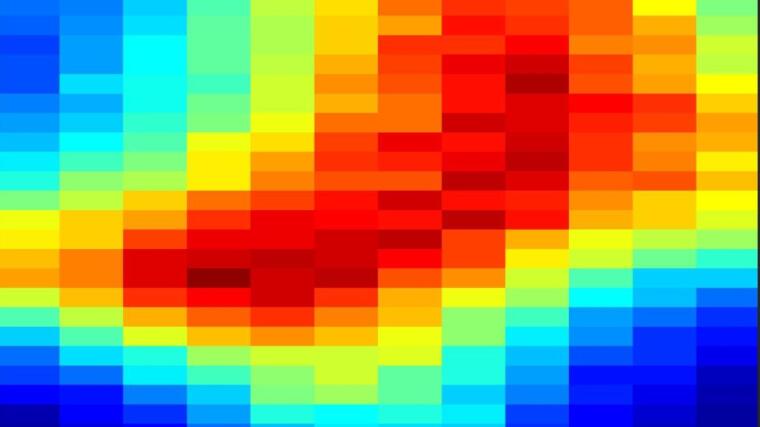
EIT
Image: R. RöhlsbergerWe use X-rays from synchrotron radiation sources and X-ray lasers to study the structure and dynamics of condensed matter. The enormous brilliance of these sources, together with their well-defined polarisation and temporal structure, allows access to previously unexplored regions of the nanocosmos with unprecedented spatiotemporal resolution. Examples include growth processes of thin films and nanostructures, the formation of magnetic order during self-assembled growth of ultrathin films on nanostructured templates, the coupling of magnetic metals through natively formed oxide layers, etc. As very sensitive probes for the investigation of the inner electronics and structure of materials, we use in particular the inner-shell electron resonance as well as the ultrathin nuclear resonance of Mössbauer isotopes.
Furthermore, the nuclear resonances of Mössbauer nuclei are ideal probes to study the fundamental properties of the collective light-matter interaction due to their extremely small energy bandwidth. One example is the collective version of the Lamb shift, which we were able to observe by embedding ultrathin layers of 57Fe Mössbauer nuclei, only a few nanometres thick, in an X-ray resonator. Such planar resonators allow very precise control of the light-matter interaction and enable the transfer of key phenomena in quantum optics to the hard X-ray regime. Examples include electromagnetically induced transparency, spontaneously generated coherences, spectral control of inner-shell resonances and many others. These studies, partly enabled by high-purity X-ray polarimetry, open up fundamentally new applications in the field of nonlinear X-ray optics of present and future X-ray laser sources.
